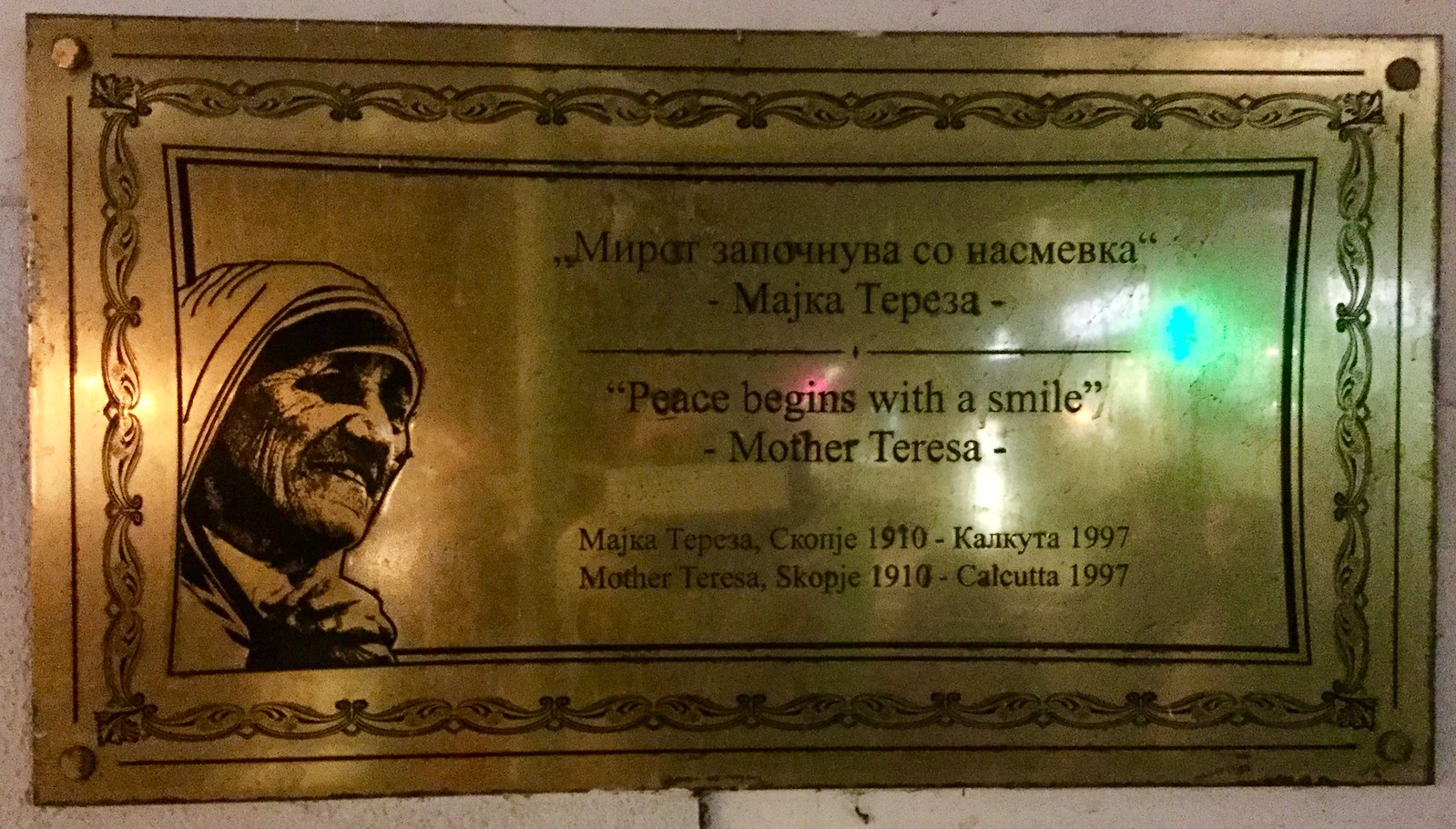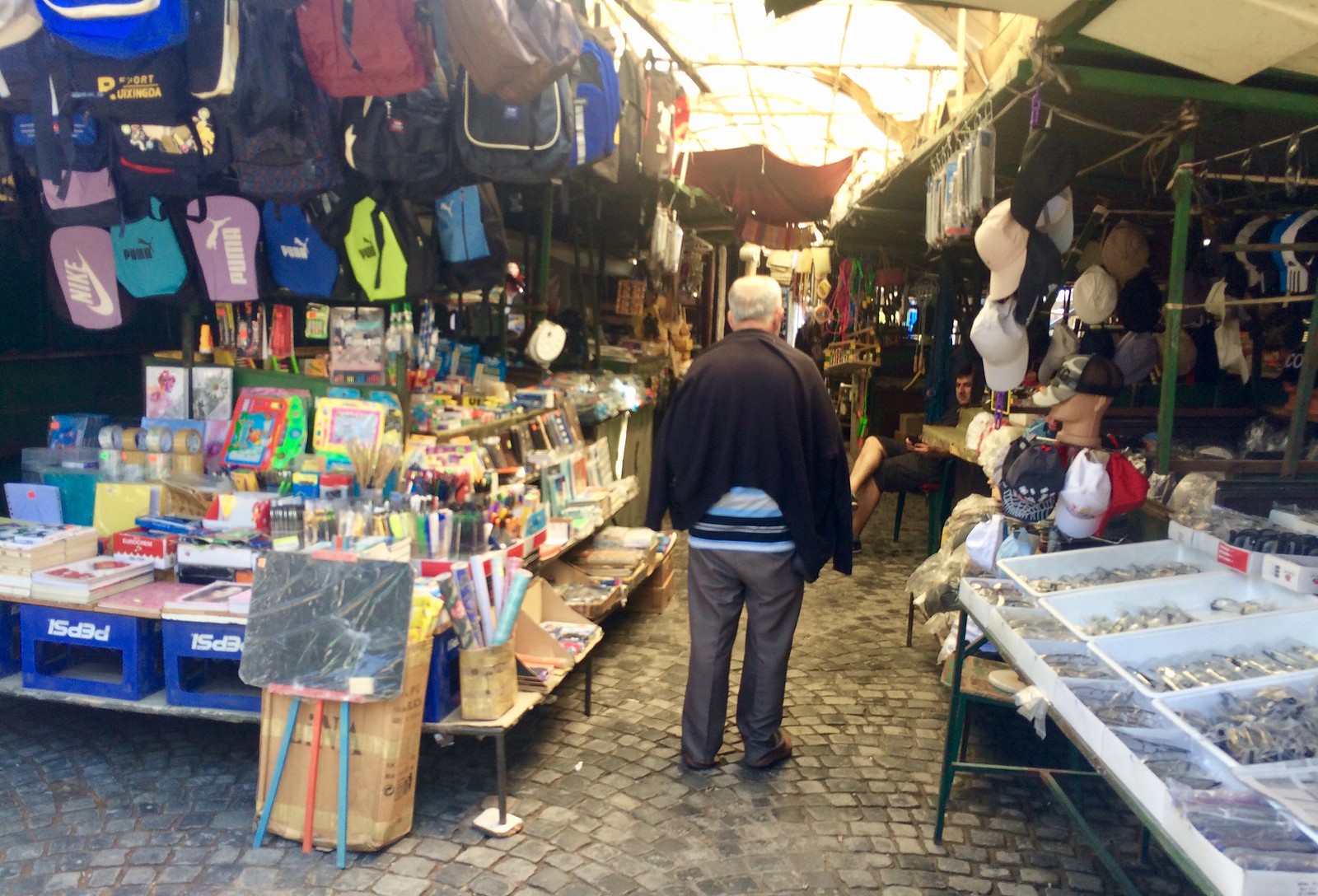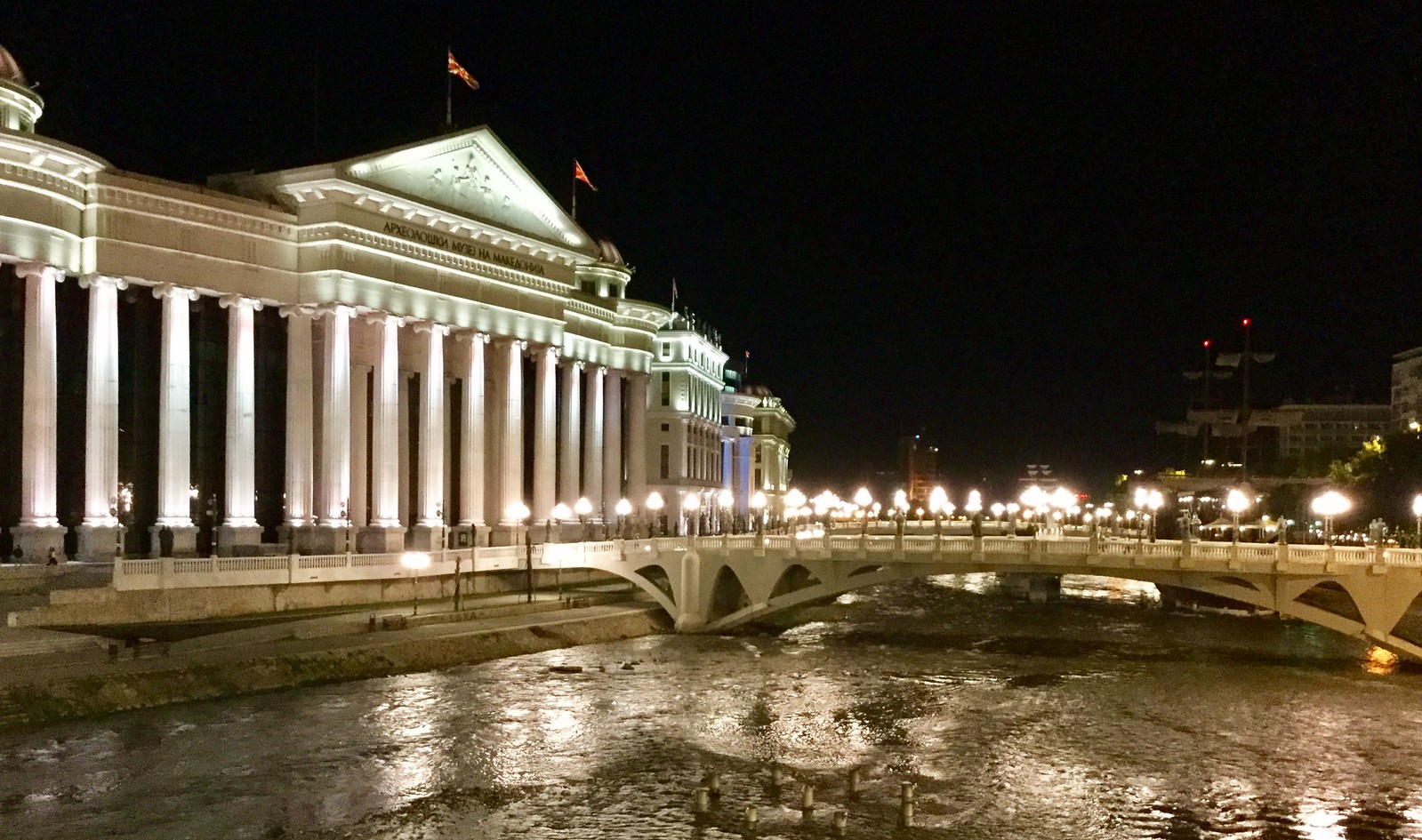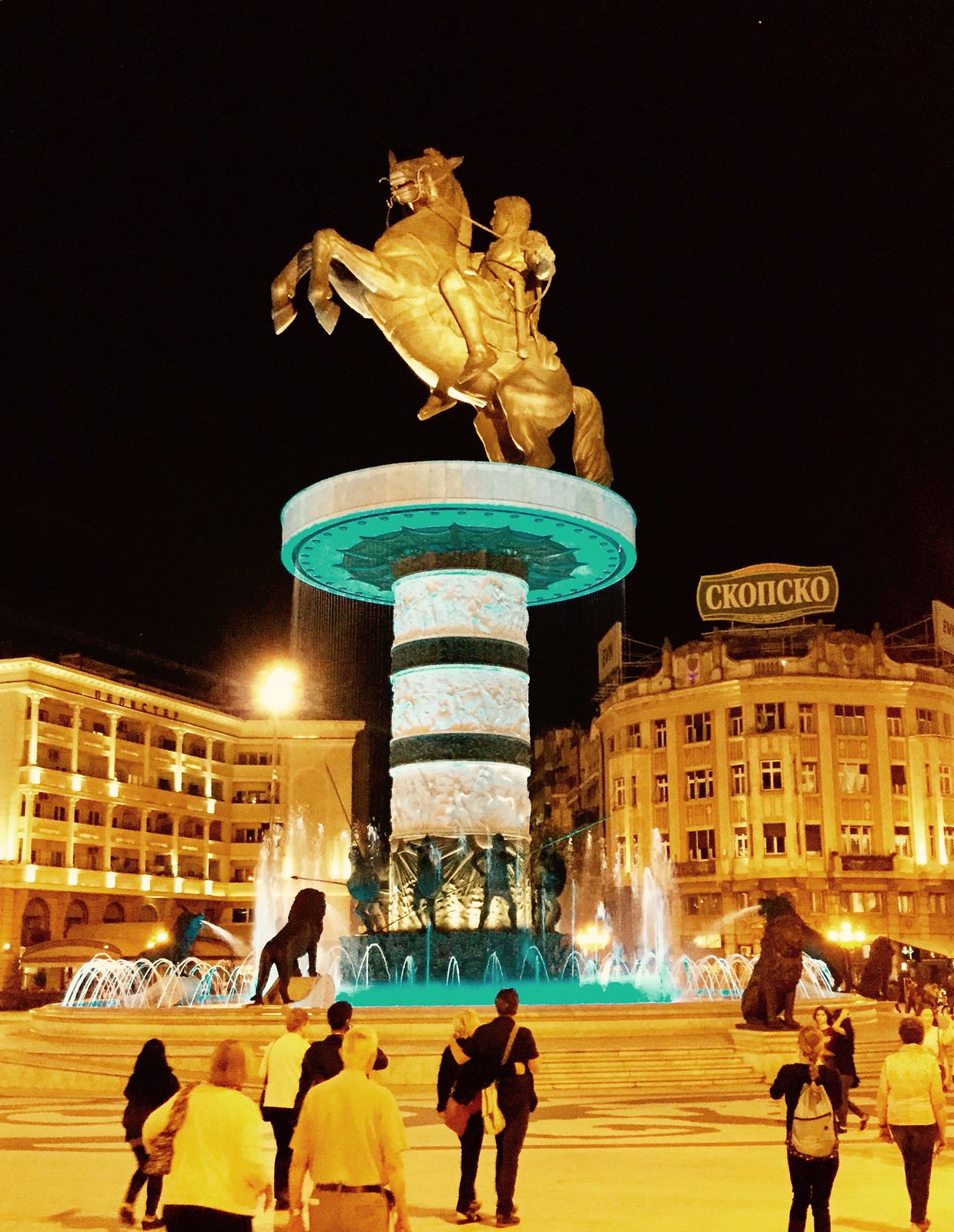Big Almaty Lake: Falcon show
Pol, the “professor”, assisted by Sergei, the “victim”
Babushka, a fledgling 1 month, going to be a superstar assures Pol. Learns everyday. First thing he learns is to come to Pol. Pol hold out a chick, which babushka tosses down whole, then presents: fluffs out wings. (And then: another chick)
Tchaikovsky (originally Nutcracker, subs Tchaikovsky), a 1yr old owl. He is in “Kindergarten”: he learns to learn to come to the glove. Pol explains that we call an owl wise because his head is huge. But his head is not huge with brains but with EYES. Iris opening is instantaneous and pronounced, when looking at sky or at crowd. Belled, so can be found if hides in bush. Not caged. Usually nocturnal. Eats 3 to 4 chickens a day
Next is B-12 (born in 2012), a Seker Falcon, in “college”. Raised in captivity, so must be trained to fly. Whirls a decoy, then snatches away. Fed when catches decoy. The hood is the falcon’s trigger, he explains. (“You’re from America, you know trigger”). Falcon makes big flying loops of 100+ feet.
Questioned “how many hours a day do you train?” Pol answers “People too much care about number. Today I’ll count, you call me tomorrow. I don’t know.”
Next up is Evgeny Pavlov, Falcon. When hunting, goes to a big lake, releases falcon, who circles high above. Pol and dog flush the duck. Falcon strikes: ex-duck. Can kill any bird on the wing. Black kite is bigger, but at 100+ mph no matter. When hunting the falcon is free: can go at any time. The bigger the bird, longer the life. Pavlov is 25 years old.
Genghis Khan, Golden eagle: trained to catch a wolf. When the eagle strikes, the first thing the wolf does is WTF: an attack on a wolf never happens in nature. Only a special trained bird would be crazy enough to strike.
The next thing the wolf does is try to bite the eagle, so after first strike the eagle must clamp down on the wolf’s mouth, or no more eagle. The hunter then comes to finish the wolf. The eagle has four fingers. Two for holding, two for killing
Jacques-Yves Cousteau (for his big nose), Bald Eagle. Struck at chick in the pond.
Last is Mephisto, Bearded vulture. He’s shown us six birds of prey, but this one is a Pacifist. Eats bones. Hands Mephisto a 10 inch leg bone; the bird tosses his head back, the bone disappears, eaten whole.
Absolutely amazing, though very non-vegetarian.
Green Bazaar
Joined by alumna Бибилор Bibilov, and rejoined by Dimira and Aigirim.
Wonderful produce. Sample anything you see, sales folk are aggressive but sweetly so, will happily let you graze on anything you see. Haggling part of the fun, if you lean that way. Kimchi, other Korean foods. Good prices and quality — Aigirim, who hadn’t been in a while, said “I need to come here more often, the prices are so good”.
Warren of booths, mostly Western/Chinese or knockoff of Western goods. Per the alumns, the price and quality of the souvenir booths is reasonable; may see lower prices elsewhere but likely lower quality.
Bob bought a flamboyant fur hat.
Museum of Kazakh Music
Дудыга (dudyga), played by rotating so little balls hit the hide
Шанкобыз, a kind of jews harp.
The legend of the dombra: it originally had no hole, but there was a king whose son had died. Nobody would tell the king, but one dombra player volunteered. The king said, “for telling me bad news I shall kill you by pouring molten metal in your ear”. But the player replied, “I didn’t tell you bad news, the dombra did”. So the King poured molten metal onto the dombral and that’s how it got the hole.
Statue of Дина Нурпеисова (Dina Nurpeisova), born 1861 in Western Kazakhstan, a famous composer, singer, and dombra player. Composed many famous Kazakh songs.
Next room dedicated to the кобыз, a stringed wind instrument(?). Features a statue of Коркыт ата (Korkyt Ata, “Grandpa Korkyt”), a master kobyz player. Our host tells us that the sound of a kobyz is the sound of a crying soul.
They say the Korkyt dreamed of never dying: that if he rested on a boat going down the river and never stopped playing his kobyz, he’d never die. But of course after many years he fell asleep and a snake snuck onto the boat, administering a lethal bite.
His burial site has a special building with a hole, so that when the wind blows you hear a sound like the Kobyz playing. His music is still played by Kobyz artists today.
Airport for flight to Kyrgyzstan
Started raining at 2:30, when we went to museum, coming down steady but not overly so. Headed to airport at 3:30 for a 30 min short hop flight to Kyrgyzstan. Airport about a half hour out of town.
We have to go through a stupid number of checkpoints: check-in desk, passport, security gate, second boarding pass check for the terminal, boarding pass check boarding the bus to the plane, and a final boarding pass check from a single ponderous guard on the unsheltered stairs to the plane as a long line stewed in the rain. (Luckily only a light drizzle at this point, but I don’t think it would have been different in a downpour). Though this lowers the bar from TSA-level efficiency, the sum of these hindrances took far less time than for an easy trip through US domestic flight security.




























